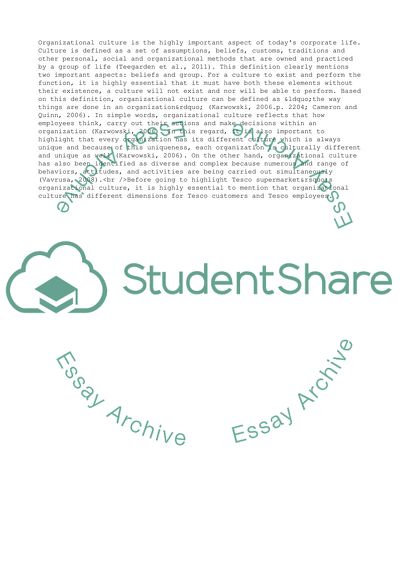Cite this document
(“Tesco Supermarket Case Study Example | Topics and Well Written Essays - 2000 words”, n.d.)
Retrieved from https://studentshare.org/management/1655346-tesco-supermarket
Retrieved from https://studentshare.org/management/1655346-tesco-supermarket
(Tesco Supermarket Case Study Example | Topics and Well Written Essays - 2000 Words)
https://studentshare.org/management/1655346-tesco-supermarket.
https://studentshare.org/management/1655346-tesco-supermarket.
“Tesco Supermarket Case Study Example | Topics and Well Written Essays - 2000 Words”, n.d. https://studentshare.org/management/1655346-tesco-supermarket.


